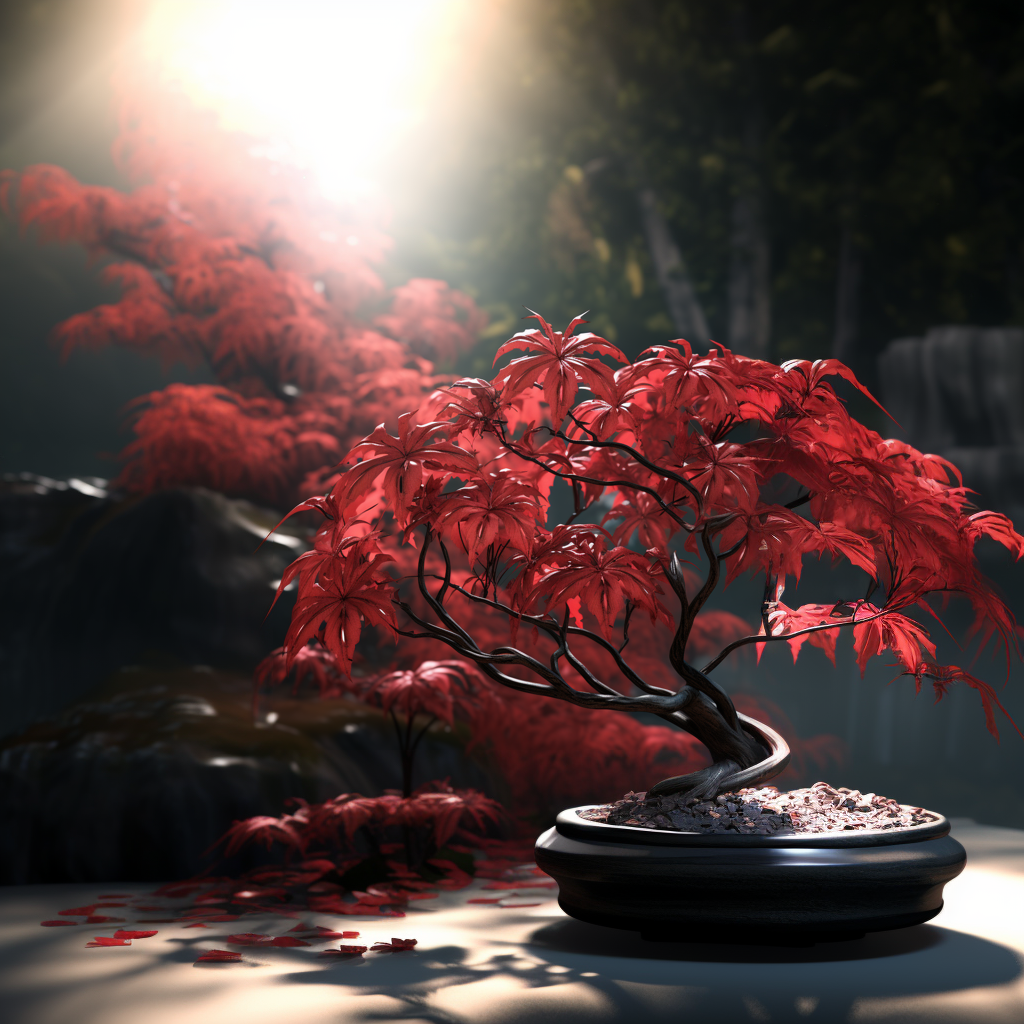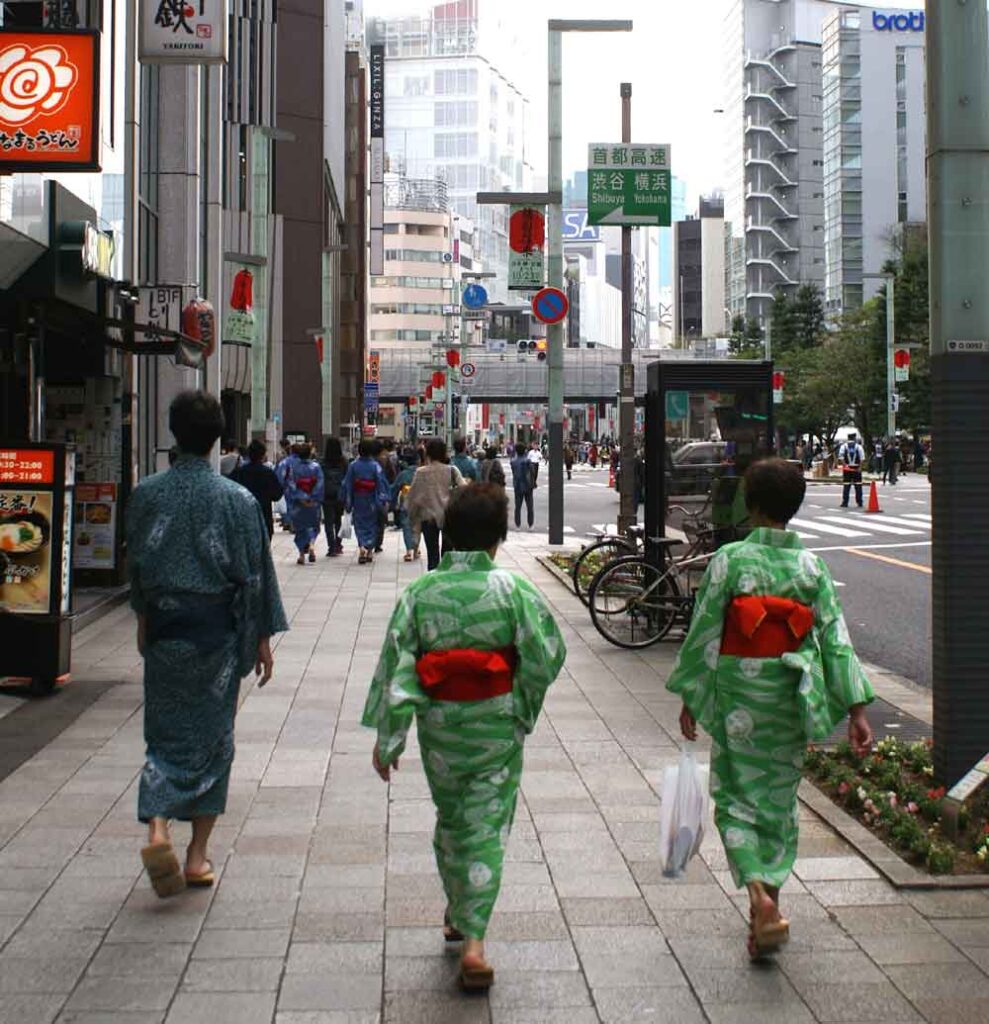Japanese maples, real plant gems, paint nature with their shimmering colors and offer a unique visual and emotional experience. These majestic trees, belonging to the genus Acer, are celebrated for their serrated leaves and their palette of hues ranging from soft greens to bright, vibrant reds and golden yellows.
One of the most spectacular times in the life of Japanese maples is in the fall, when their leaves take on incendiary hues. The landscapes are transformed into veritable living canvases, where each maple becomes a brush responsible for painting the horizon with shades of red, orange and purple. Parks, gardens and forests become havens of visual warmth, attracting walkers and photographers in search of this ephemeral beauty.
Among the most famous varieties of Japanese maples are Acer palmatum and Acer japonicum. Acer palmatum, for example, comes in different shapes and sizes, from slender trees to compact bushes. Its leaves, often lobed and serrated, offer an endless variety of patterns and geometric patterns that add an artistic dimension to nature.
Japanese maples do not just seduce with their visual appearance. They also have deep cultural significance in Japan. In Japanese tradition, maple is often associated with autumn and the fleeting beauty of life. This symbolism reinforces the appreciation of the transition of the seasons and of nature in perpetual change.
In addition, Japanese maples have their place in Zen gardens, where their presence brings a touch of serenity and balance. Their simple elegance, delicately falling leaves and ability to cast dancing shadows make them essential elements for creating spaces for meditation and contemplation.
Japanese maples are more than just trees. They embody a deep connection between man and nature, a celebration of ephemeral beauty and a source of inspiration for artists and nature lovers. Whether in a traditional garden, a lush forest or an urban park, these extraordinary trees remind us of the endless magic of nature and invite us to slow down and enjoy every moment.
The Autumn Maple Festival, known as “Momiji Matsuri” in Japan, is a highly regarded celebration that showcases the spectacular beauty of Japanese maple trees during the autumn season. This festival usually takes place between the months of September and November, when the leaves of the maple trees change color to create a fairytale landscape of warm and vibrant colors.
The Momiji Matsuri is celebrated in different parts of Japan, but it is especially famous in places known for their scenic views and maple-rich parks. Places such as Kyoto, Nikko, Nara, Hiroshima and more are popular for their fall maple festivities.
During this period, streets and public spaces are often decorated with patterns of paper maples and colorful lanterns. Locals and visitors alike gather to participate in a variety of activities including parades, dance performances, outdoor tea ceremonies, and art exhibits showcasing the beauty of fall.
Parks and gardens are becoming key destinations for nature and photography enthusiasts. The brilliantly colored maple trees attract crowds of visitors who wander the aisles, snap photos and soak up the magical atmosphere of fall. Temples and historic shrines are also favorite places to view maple trees in a traditional and cultural setting.
A common activity during Momiji Matsuri is “kōyō-gari”, which literally means “autumn leaf hunting”. People go hiking or hiking in the mountains to fully enjoy the autumnal landscapes, capturing precious moments of nature at its peak.
In addition, this festival is also an opportunity to taste special seasonal dishes. Street stalls often offer snacks and dishes prepared with ingredients associated with autumn, such as mushrooms, chestnuts and sweet potatoes.
Momiji Matsuri is a celebration that embodies the love and respect that Japanese people have for nature and its cycles. It’s a time when people come together to celebrate the fleeting beauty of autumn, while honoring Japan’s deep-rooted cultural heritage of maple trees.



